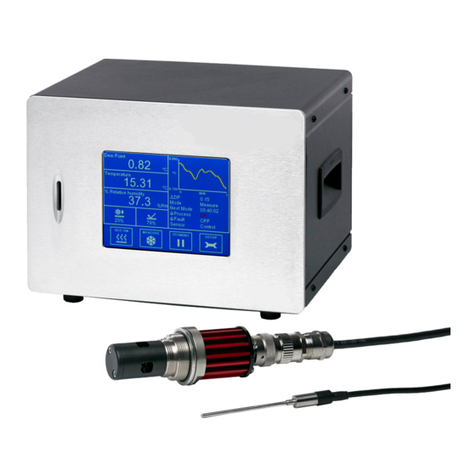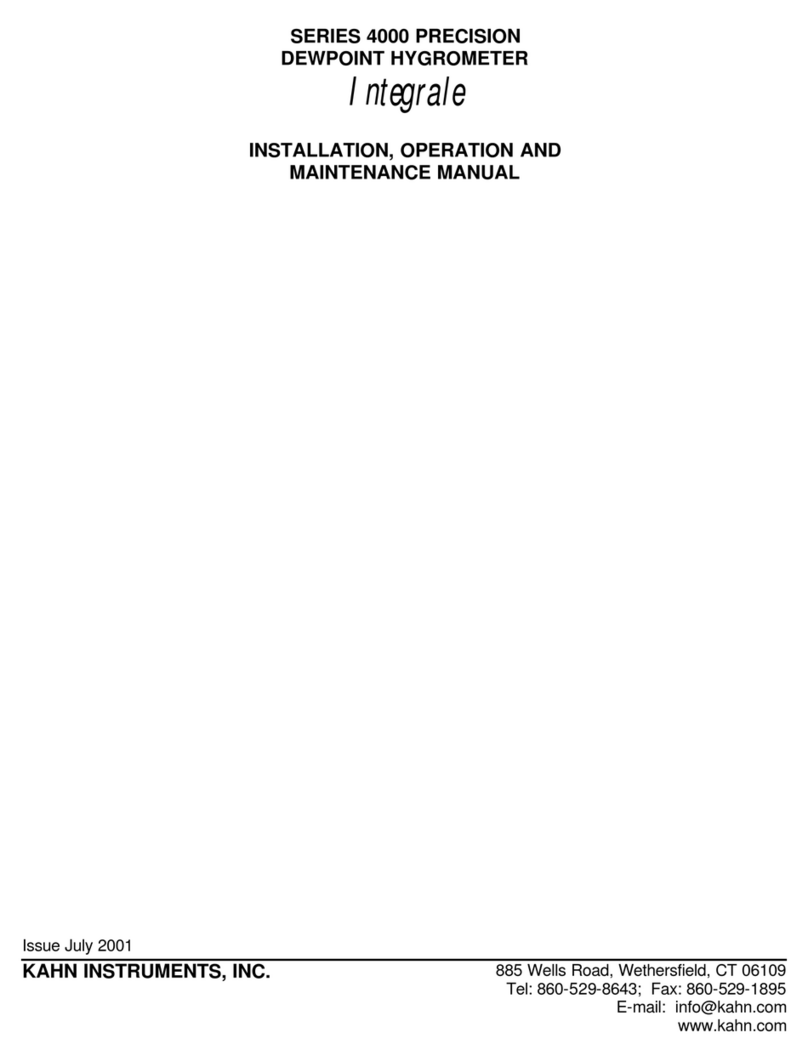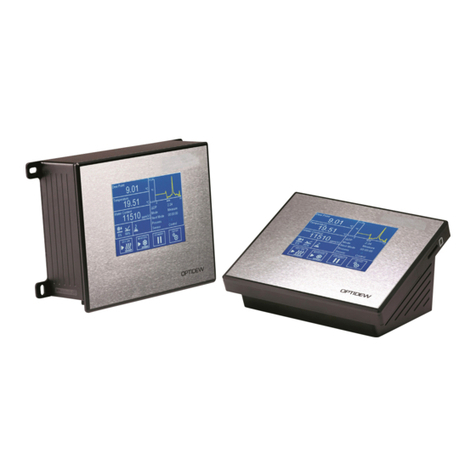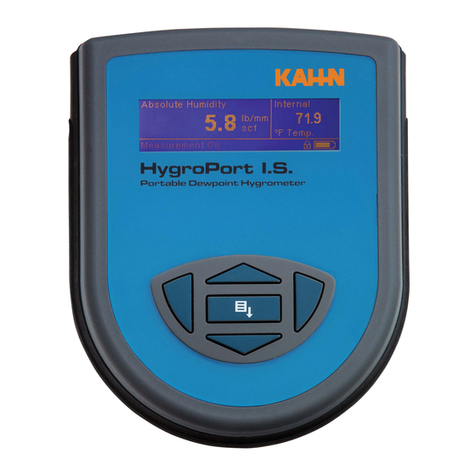Kahn Instruments 3
1 INTRODUCTION ................................................................................................1
2 INSTALLATION ..................................................................................................2
3 OPERATION ......................................................................................................4
3.1 General Operation .............................................................................................. 4
3.2 Measuring Dew Points Below -40°F (-40°C )......................................................... 5
3.3 User Controls ..................................................................................................... 6
3.4 4–20 mA Output Socket Wiring............................................................................ 7
4 GOOD MEASUREMENT PRACTICE .......................................................................8
5 MAINTENANCE ................................................................................................12
5.1 Calibration ....................................................................................................... 12
5.2 Sensor / Battery Replacement ........................................................................... 12
5.3 Filter Cartridge Replacement ............................................................................. 14
5.4 Checking the Easidew Plus Portable Hygrometer Electronics Calibration................ 14
5.5 List of Spares ................................................................................................... 14
5.6 Troubleshooting................................................................................................ 15
Contents
Safety ................................................................................................................................ v
Electrical Safety ........................................................................................................... v
Pressure Safety............................................................................................................ v
Toxic Materials ............................................................................................................. v
Repair and Maintenance ............................................................................................... v
Calibration................................................................................................................... v
Abbreviations......................................................................................................................vi
Warnings ............................................................................................................................vi
Appendices
Appendix A Technical Specications..............................................................................17
Appendix B EU Declaration of Conformity......................................................................19
Figures
Figure 1 Swagelok®Fitting Instructions.....................................................................3
Figure 1A Adaptor Fittings..........................................................................................4
Figure 2 User Controls .............................................................................................6
Figure 3 Jack Plug Wiring.........................................................................................7
Figure 4 2-Wire Connection - View Showing Rear of Connector Terminal Block...........14































